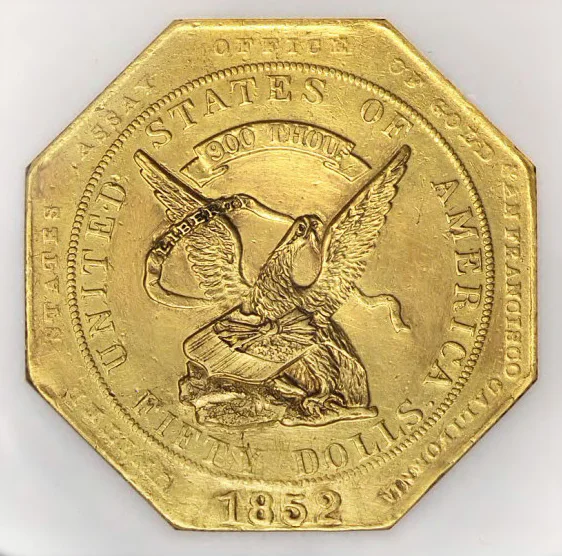Mountain Quarries Railroad Bridge
/Just downstream from the confluence of the North and Middle Forks of the American River stands the Mountain Quarries Railroad Bridge. Constructed in 1912, it was at that time the longest concrete arch railroad bridge in the world. The bridge was designed by John Buck Leonard and built by the Donaldson & Harrelson Company for the Mountain Quarries Company and the Pacific Portland Cement Company, at a cost of $300,000. It was built to haul limestone from a nearby quarry to Auburn, located 7 miles away. The bridge was in use daily until the Mountain Quarries shut down in 1941. The following year, the railroad track along the entire line was removed for the war effort.
Read More

















